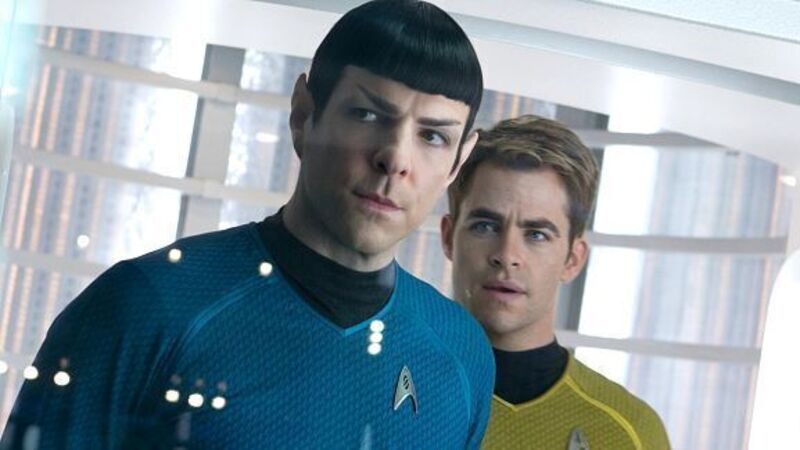How Star Trek predicted the future

As a Los Angeles ex-cop turned Hollywood screenwriter, Roddenberry’s vision of the series he described as “a Wagon Train to the stars” was decades ahead of its time. Inspired by JFK’s promise to chart “the great unknown beyond our solar system”, Roddenberry’s Star Trek represented a fantasy of technological possibilities that even scientists of the day hadn’t yet begun to harness. Back then, telephones were wall mounted devices installed by trained technicians; computers were enormous contraptions used only by governments; televisions were cumbersome boxes with snowy images on screens measuring a maximum of 23 inches; video cassettes were still a decade away from mass production; and the internet would not see the light of day for another 30 years.
For Captain Kirk and his intergalactic cohorts, however, life on the final frontier was a whole different galaxy of hot babes in tight tunics, voice activated pods, transporter bays, and the ubiquitous sight of computers running everything from life-support systems to long-range sensors. “Reality is incredibly larger and infinitely more exciting than the flesh and blood vehicle we travel in here,” Roddenberry believed.










